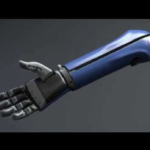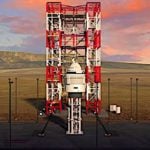Many jobs have begun to be automated around the world, especially in manufacturing and hazardous trades (such as mining.)Recently, even police forces began testing “robocops.” [See our story on Dubai’s Robocop>>].

New data reveals that up to 7 million retail industry jobs are vulnerable to automation over the next decade, according to a landmark study from the IRRC Institute. [1] E-commerce is only part of the issue, as is Amazon’s famously slick automated logistics and fulfilment of E-commerce. Since nearly 10% of North American jobs are retail sector, automation will have a big impact.
Don’t believe it? Here’s an example of an innovative “drive in self shopping technology” being developed which would elinate supermarket retail jobs:
Other forces contributing to the inevitable move to automation in retail include[1]:
- minimum wage increases in a sector that has relatively low profit margins
- success in retail banking with ATMs is fueling fast development of new automated consumer experiences
- increased pressure from large retail players, especially giants like Amazon, make automaton a “survival” tactic
- wider acceptance of automation is driving innovation in all sectors, but already in many customer service areas, such as airlines (ticketing) and restaurant pre-ordering from your iphone.
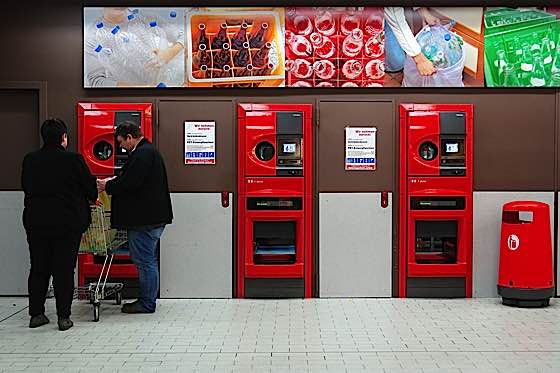
Rapid growth of automation
We have seen the introduction of order-taking kiosks at restaurants and self-service registers at supermarkets and grocery stores. While this is nothing entirely new, the use of such automation has grown rapidly over recent years. A study conducted by Cornerstone Capital Group concluded that nearly half of all retail jobs could be lost to some sort of automation within the next decade.

Jobs at risk include those of sales clerks and cashiers. Anything that can be automated likely will be, within reason. Some systems will be too expensive to put into place. For these jobs, it will be more cost-effective to keep regular employees. Likewise, labor-intensive jobs are also relatively safe. However, the vast majority of clerks, cashiers, and even greeters will be replaced with some sort of electronic device in the future. In some cases, that will be in the form of self-service registers. For others, it may be an app or a robot or a monitor featuring a recorded message that plays when customers enter a building.
Job security: technical and creative skills
In the future, the most secure jobs will be those that utilize technical skills or creativity, as well as those that require physical activity and actual intelligence rather than the artificial kind. Additionally, the implementation of technology has its drawbacks. In many cases, automated messages and self-checkout systems are more frustrating than helpful.
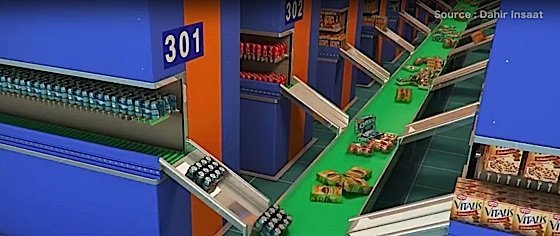
Everyone has had instances where they could not reach a live person when trying to resolve a matter, and the options that the voice messaging system gave were not adequate. Likewise, automated registers are not capable of conducting all types of transactions, they are susceptible to technical difficulties that can cause them to be out of order, they can run out of cash which will mean users will not be able to get cash back or correct change if needed, etc.

Plus, the loss of human contact is viewed as the biggest downside to the implementation of these systems, even if their use does speed up most transactions and save companies money in the long run. The money saved from eliminating employee wages may not be worth the loss of loyal clientele and growing cost of maintenance on an increasing number of technological devices.
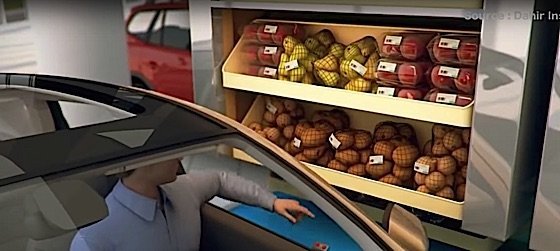
In the end, each company will weigh the pros and cons of replacing jobs with these machines; and while many will find it easier and more cost-effective to leave things the way they are, the vast majority will have a very least replaced one job with a form of automation. The question is, with so many jobs being replaced, will there be enough jobs in other fields to ease the transition and keep people employed once their old jobs become obsolete?




